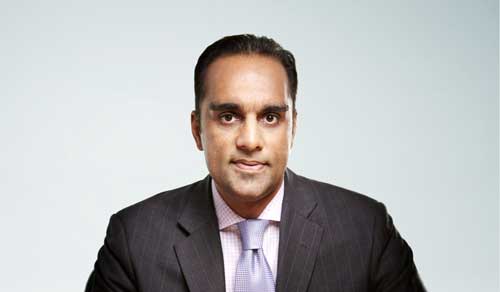One million gigabytes. That’s a conservative estimate of how much health-related data an average individual will produce in a lifetime, according to IBM. This truly staggering statistic should also be an exciting one for group insurance carriers.
Predictive data from electronic health records, wearable fitness devices, and mobile apps can act as rocket fuel for insurance innovation, enabling more dynamic risk pricing to take off in the group marketplace. Yet without engaged employees to ensure a steady flow of information, carriers cannot fully harness the power of such data. Achieving that engagement starts with two key steps:
Step One: Improve Insurance Literacy
An explosion of new wearable and internet-linked technologies are capable of more than collecting personal data – these devices can also provide highly specific health, financial, and personal guidance based on each employee’s unique circumstances or family needs. This includes communicating complex insurance coverage options and the full scope of benefits an employer pays and provides.
A growing body of research suggests that today’s workers suffer from alarming gaps in insurance knowledge. A recent global survey by the International Foundation of Employee Benefit Plans found that about half of employees reported not understanding employee benefit materials. Only 19% of employers indicated that their workforce had a “high level” of understanding of available benefits.
A tech-driven solution could deliver a win-win-win for group insurers, employers, and employees. Imagine an insurance-linked application designed specifically to educate a workforce about a plan or product. The more data employees provide about behaviors, habits, and life events such as births and marriages, the more informed those same workers become about their options. Meanwhile, employers gain valuable insights into the needs of their employees, and insurers collect data needed to facilitate more effective product design. Plans could be priced dynamically around the actual risks and needs of a particular group or even a segment within that group – and that pricing can evolve as employees’ circumstances change.
Step Two: Implement Insurance-Linked Wellness Programs
Group insurers, employers, and employees all share the same incentive – to help more people enjoy healthier, longer lives. This common interest often gets lost in the complexity of insurance products and policies themselves. Emerging technologies, driven by data, promise to change all that – one click at a time. That’s because web-linked apps, wearables, and other internet-of-things devices can provide employees with almost instantaneous insight and advice to take control of their own health and wellness.
Chronic diseases, such as diabetes, hypertension, and obesity, in our modern cubicle-bound, convenience-food culture have reached epidemic proportions. By designing technology-based wellness programs and products that encourage healthier behavior, insurers can help employees achieve healthier outcomes. At the same time, employers benefit from more engaged employees who see their employer as genuinely interested in their well-being. And once again, carriers gain granular lifestyle data that can enable far more precise and accurate pricing.
Value of Employee Engagement in Group Insurance
Willis Towers Watson has been studying employee engagement — and the organizational elements that drive it — for more than a decade and found that it takes more than rich benefits to retain employees with the most sought-after skills. Workers must feel a sense of shared purpose and that their employer is truly invested in their well-being. In a three-year study of 41 global companies, Willis Towers Watson correlated high engagement with a nearly 4% average improvement in operating margins. Conversely, margins declined about 2% in organizations with low engagement levels.
This reality has spurred a surge in engagement initiatives designed to better understand and respond to employees’ needs. From an insurance perspective, these efforts can help mitigate rising healthcare expenses and consequently aid in the retention of top talent in competitive markets.
The rocket is on the launch pad and the countdown has begun. Group carriers that partner with employers to engage employees and apply the resulting data to improve product offerings will be those that reach new heights.



